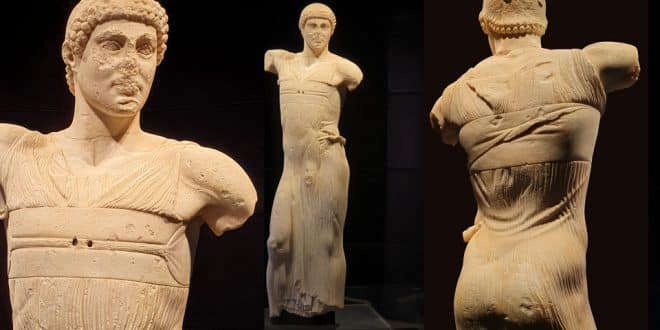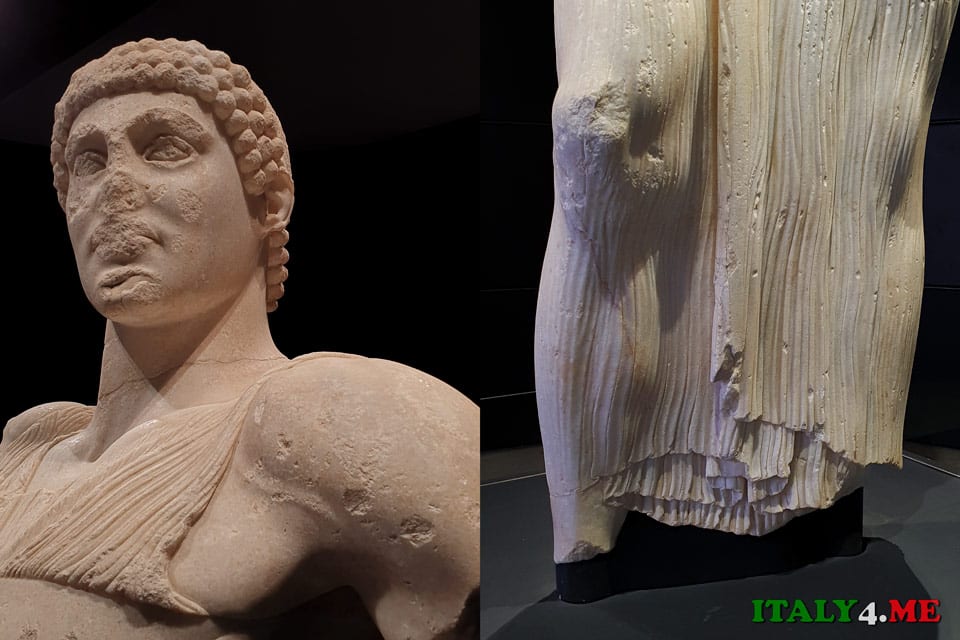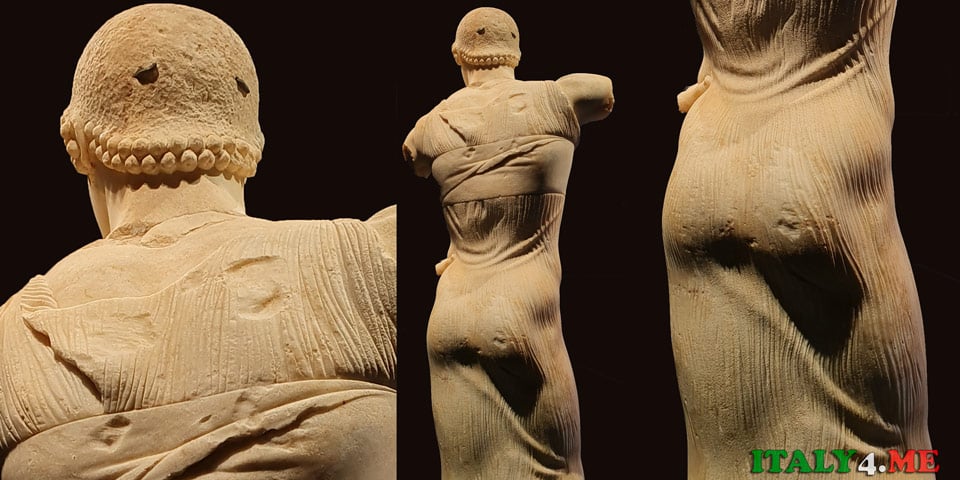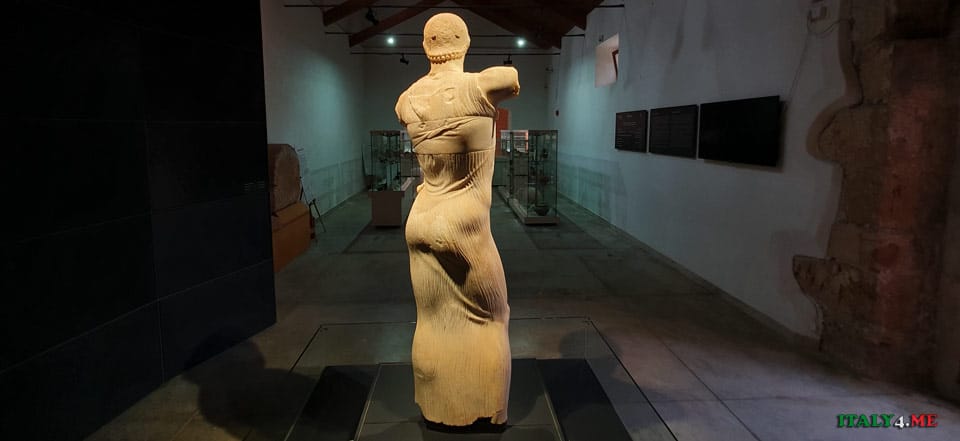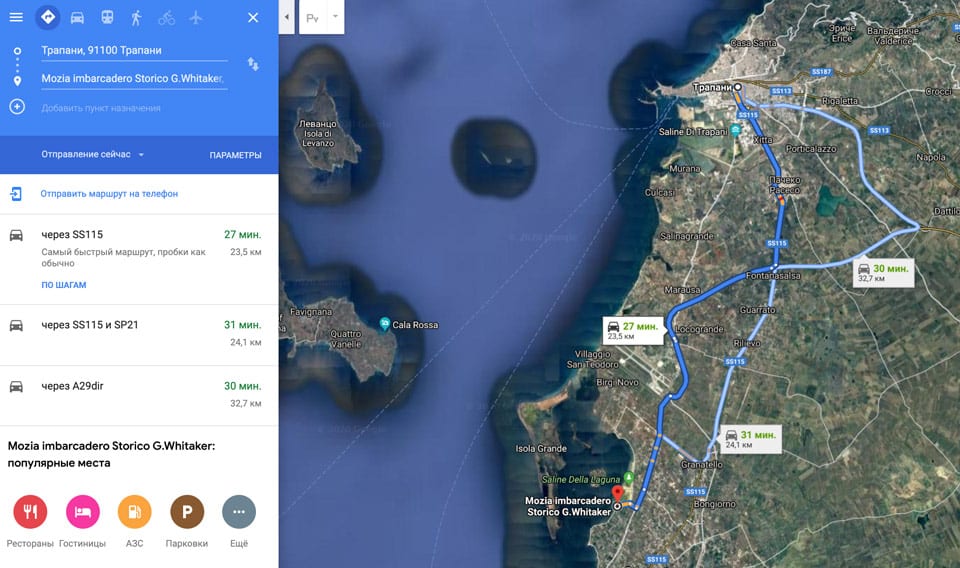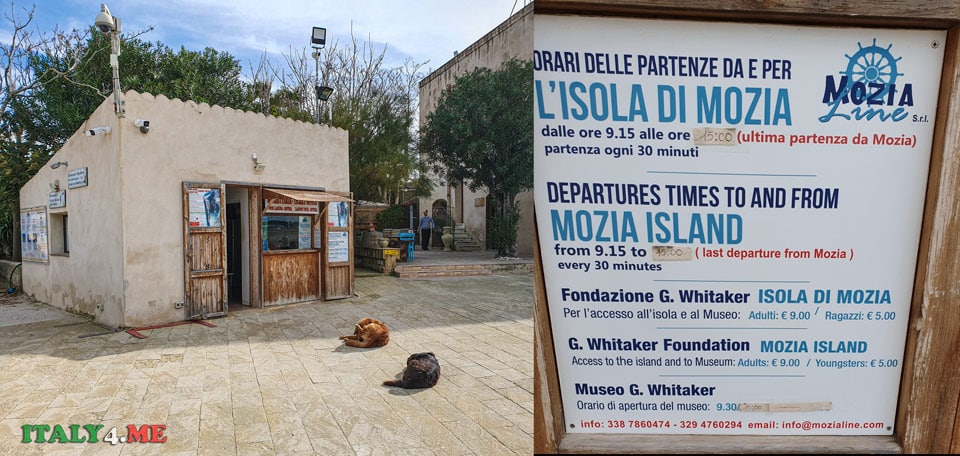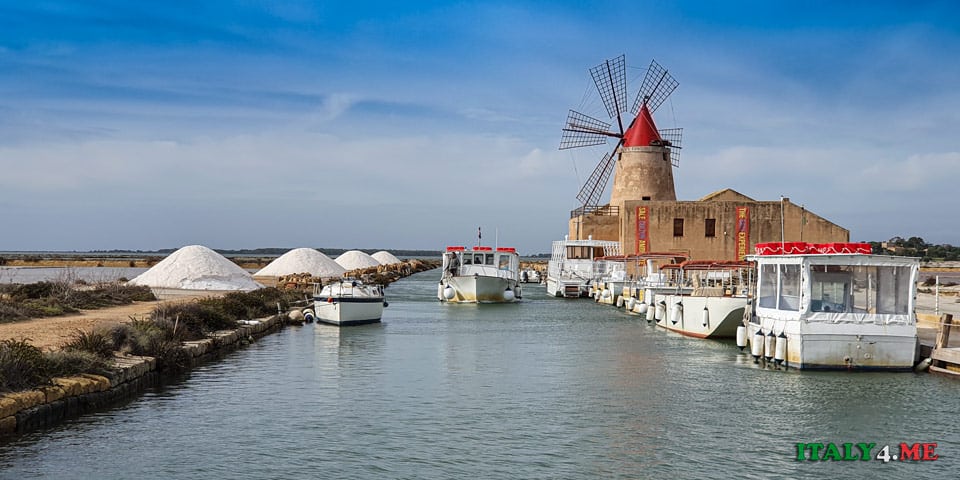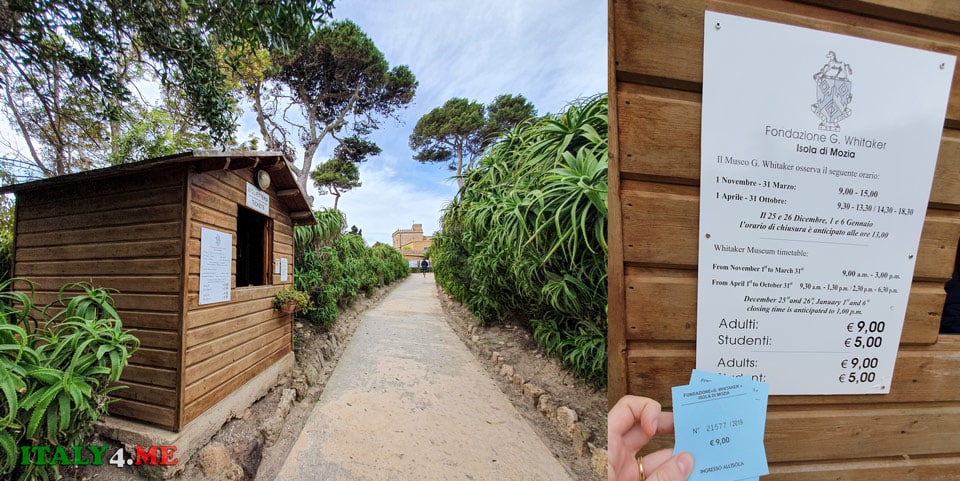The Motya Charioteer (Giovane di Mozia) is a unique ancient statue that became an unexpected discovery of modernity on the small island of San Pantaleo during excavations in the city of Motya on the western coast of Sicily (Sicilia).
The discovery of the marble sculpture, dating back to the 5th century BC, was a sensational event in the history of archaeology, enriching the great heritage of ancient culture with another masterpiece.
Page Contents
Discovery
It’s rare in the 20th century that new pages of history and ancient art are uncovered, especially those that span several millennia. Yet, the land of Southern Italy, with its rich heritage of the past, still hides treasures capable of astonishing and delighting the world.
The work of a team of archaeologists, who labored for two years in the vicinity of the city of Motya under the leadership of Gioacchino Falsone – a professor at the Università degli Studi di Palermo, was fully rewarded.
- The lower part of the legs and arms were missing.
- The head was separated from the neck.
- The facial features were erased.
Previous research in this region and the soil layer with preserved arrowheads suggested that the statue was used as part of a hastily constructed fortification during the invasion of the Greek ruler of Syracuse, Dionysius I, into the Phoenician city of Motya in 397 BC.
Description
Even though the Motya Charioteer had been buried in the ground for over 2,000 years, it was well-preserved under a layer of stones and earth, representing a magnificent example of ancient sculpture.
The sculpture’s height is just over a human’s natural height. It measures 181 cm (without the lower part of the legs), with a chest circumference of 120 cm and a waist circumference of 93 cm – all these parameters correspond to the canons of Greek beauty of a harmonious figure. The youth’s head is crowned with a complex “snail shell” hairstyle, and the facial features have a broad, determined chin and a small mouth.
The statue retains part of the left hand, resting on the thigh, while the lost right hand was raised and presumably held some object. The pose of the youth cannot be called static; it is enlivened by the rhythm of closed movement: the head is slightly turned, the left hand and right leg are in a relaxed position, while the right hand and left leg are in a tense position to maintain the balance of the figure.
The skillfully draped and cinched with a wide belt thin chiton highlights the beauty of the muscular body and does not conceal the perfection of its lines, creating only the illusion of clothing. The soft folds of fabric, masterfully executed by the sculptor, give the figure additional impulse and energy.
The absence of all parts of the sculpture does not allow us to confidently establish several facts related to the place of its creation, the author of the work, and the identity of the youth himself, but this makes the research and hypotheses surrounding this unique find all the more enjoyable.
Origin
The first question that arose among archaeologists was related to the finding of the statue of the youth, specifically in the city of Motya – a Phoenician settlement site. There are no natural marble deposits in Sicily, and if the sculptural work was carried out on the island, it could only have been from imported marble by a Greek master.
New research has determined the origin of the sculpture’s material, which turned out to be Ionic Thessaly – a region in Central Greece.
It is more likely that the statue was a war trophy, brought from some Greek city-colony in Sicily, for example, from Selinunte, on the occasion of its destruction by the Carthaginians in 409-408 BC. Other possible origins could be the cities of Himera (Gimera), Akragas (Akragas), or Gela (Gela), which were also plundered during this period.
Authorship
The Greek origin of the Motya Charioteer is less disputed by scholars than other questions. Compared with surviving sculptures from the 5th century BC, it was suggested that the sculpture could have been executed by the famous master Pythagoras from Reggio.
Ancient Roman sources attribute to him the authorship of the famous statue “Charioteer of Delphi”, a series of images of athletes who won Olympic and Pythian Games, known works “Apollo the Python-Slayer,” “The Abduction of Europa,” “Wounded Philoctetes”, etc.
However, there is one peculiarity – all these sculptures were made of bronze, unlike the found marble statue, which does not confirm a specific creator definitively.
There are no analogs in ancient Greek culture to the monument found, so the statue is sometimes considered the work of a Phoenician master or even several sculptors.
Whoever the author was, the exquisite and sensitive sculpture of the youth from Motya proves that he possessed great artistic talent and was ready to create a perfect and inventive sculpture in a new stylistic direction.
Who is he?
The identity of the depicted youth from Motya remains the most mysterious aspect in attempts to answer the question, “Who is he?”. Several theories range from the most common to incredibly unexpected and interesting.
Charioteer
In most sources, it is mentioned that the marble masterpiece of the young man from Motya represents a charioteer statue.
The youth’s attire resembles the xystis – a long chiton cinched with wide belts to prevent the fabric from billowing during the rapid movement of chariots in a race.
Indeed, this version could be plausible if we imagine the missing details of the image and compare them with historical facts.
The discovered holes on the head of the monument could have served to attach a victory wreath, awarded to the charioteer who won the chariot race, and the trajectory of the right hand and the pose of the sculpture suggest that the youth is resting after the race at the moment of being crowned with his distinguishing mark.
The realistically bulging veins on the shoulders and the tired look speak of the physical strain of the youth, while the upright posture with the head proudly raised speaks of the triumph of victory. In the ancient era, athletes possessed incredible fame, and only those who took first place were honored, unlike today, where participants are awarded for second and third places. Chariot races were a famous and spectacular event, and participation was prestigious for both the horse owners and the charioteer. Interestingly, such competitions became part of the funeral procession for influential individuals as a tribute to respect and memory.
Victors were honored with parade processions and lifetime privileges such as free food and theater tickets. A widely practiced tradition in Ancient Greece of immortalizing the glory was through sculptures of famous heroes of the races, one of which could have been the youth from Motya.
I suggest reading about the Circus Maximus (Circo Massimo) and chariot races in Rome.
Dancer
The figure from the Motya sculpture has also been identified as a dancer whose performances were dedicated to the god Apollo during the Karneia – a grand pagan festival of ancient Sparta held for nine consecutive days immediately after the summer solstice.
The dancers wore a kalathiskos on their heads – a complex, cumbersome construction in the form of a crown of light rays, worn by young nude performers, for which they received another name, “kalathiskos dancers.” Their images can be seen on artifacts of Ancient Greece and, in particular, on red-figure vases from Lucania – a vast region of Magna Graecia in southern Italy. A group of historians and art historians modeled and fitted such a ritual headgear for the statue of the youth from Motya, whose bronze pins on the back of the head were as if specifically designed to hold a significant structure.
Surprisingly, such a sculpture of a kalathiskos dancer in the form of a youth would be unique in Sicily, as such a cult was not widespread in the Greek colonies. It remains assumed that the statue was commissioned by one of the influential Greeks of the island, wishing to see himself in the image of a young and beautiful dancer of the Karneia.
Seer
If we imagine that the young man from Motya holds a dagger in one hand, and his head is covered with a helmet, it would indicate the image of a seer of military strategies — exactly how ancient sculptors depicted them in the ancient era.
The author likely intended the presence of headgear over the curls of the hairstyle, as he needed to pay more attention to detailing the hair, which would have been obligatory for such complex and skilled work in general.
The xystis, in which the statue is dressed, was also the attire of men capable of prophecy and who were important figures in Ancient Greece.
Phoenician Priest
The most controversial version is endowing the statue of the youth from Motya with the image of a Phoenician priest.
This assumption is prompted by the mysterious complex belt, which wraps around the statue’s sturdy torso twice; its exact replication is not found in Greek images. The long chiton down to the ankles was typical attire for priests in Carthage, and the presence of clothing on the figure is more characteristic of Phoenician traditional sculptures than Greek ones, where the cult of the nude body reached its apogee. The statue could have been commissioned by a wealthy resident of Motya from a Greek sculptor, as the craftsmanship of artists from Magna Graecia was valued by different peoples far beyond the Hellenic world.
Debates around the beautiful and mysterious statue of the youth continue. In 2014, a group of professors and archaeologists came to a new conclusion that it is an image of the god Apollo, who has just descended from his fiery chariot and stands in all his glory in a wet chiton, clinging to his magnificent figure.
Greek cultural traditions found their embodiment in the ancient land of Sicily as a symbol of the meeting of Phoenicians and Greeks in the world of eternal and beautiful art. The youth from Motya, whoever he may be, is a magnificent creation of an unknown author, which inspires admiration upon contemplation and encourages the unraveling of historical mysteries.
Where to See and How to Get There
The Statue of the Youth from Motya has traveled almost the entire world: it was displayed as part of the “Phoenicians” exhibition in 1988 in Venice (Venezia), was at the 2012 Olympic Games in London, exhibited at the British Museum in London, and then in the USA in Los Angeles.
On January 18, 2014, the statue was returned to the island to the museum (Motya Museum), located in the villa of Joseph Whitaker – a descendant of a wealthy English family, passionate about archaeology.
- Museum address: Isola Di Mozia, Via della Gioventu, 57, 91025 Marsala TP Sicily.
- Opening hours from April 1 to October 31: daily from 8:30 AM to 6:30 PM, lunch break from 1:30 PM to 2:30 PM.
- Opening hours from November 1 to March 31: daily from 8:30 AM to 3:00 PM; you must arrive at the dock no later than 12:00 PM.
Access to the island of Motya is provided by only two private boats, which connect it to the dock in Marsala; transportation services cost 5 euros, and visiting the island, including the museum – 9 euros.
- Official website of the carrier: www.ariniepugliese.com
Unauthorized landing is prohibited, as the lands of ancient Motya are privately owned by the descendants of Joseph Whitaker. In the museum, you can see the famous statue of the youth and other interesting artifacts found on the island: ancient sculptures, burial items, amphorae and vases, and silver and bronze decorations dating back to the Hellenic and Roman periods.
The distance from Trapani to the dock (Mozia imbarcadero Storico G.Whitaker) is about 25 km (15.5 miles), and the travel time is 30 minutes; from Trapani-Birgi Vincenzo Florio Airport, it’s only a 10-minute drive.
Leave your car in the parking lot, where a local resident will ask you for 3 euros in cash for security; do not argue.
Head to the ticket office to buy boat tickets.
While waiting, you can take photos of the local dogs, salt mountains, and the mill. We were there in November, so we sailed to the island, just the two of us.
At the entrance to the island, there will be another ticket office where you can buy tickets in cash.
To visit the island, it’s enough to plan for 3 hours. Check out my author’s 10-day route through Sicily.
 Italy for me From Italy with love
Italy for me From Italy with love

